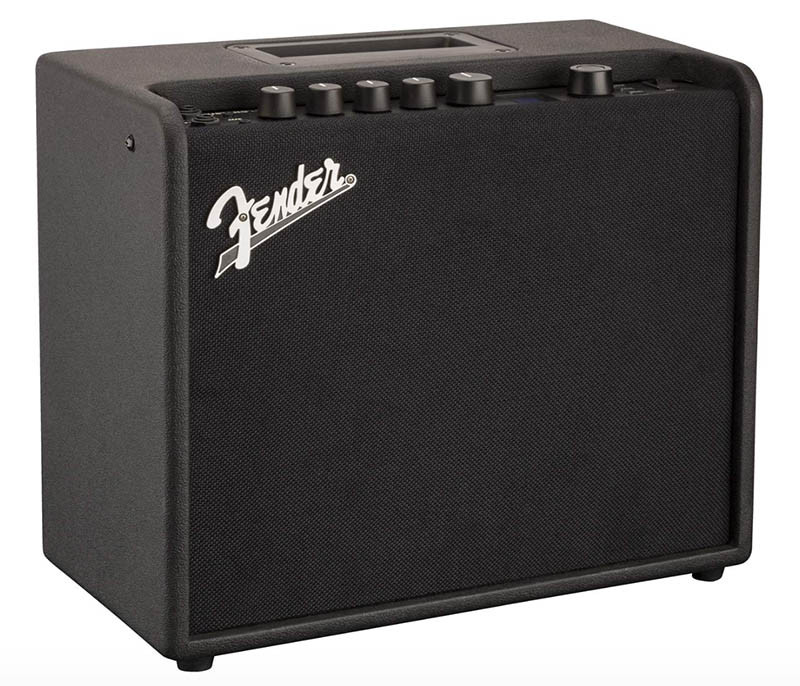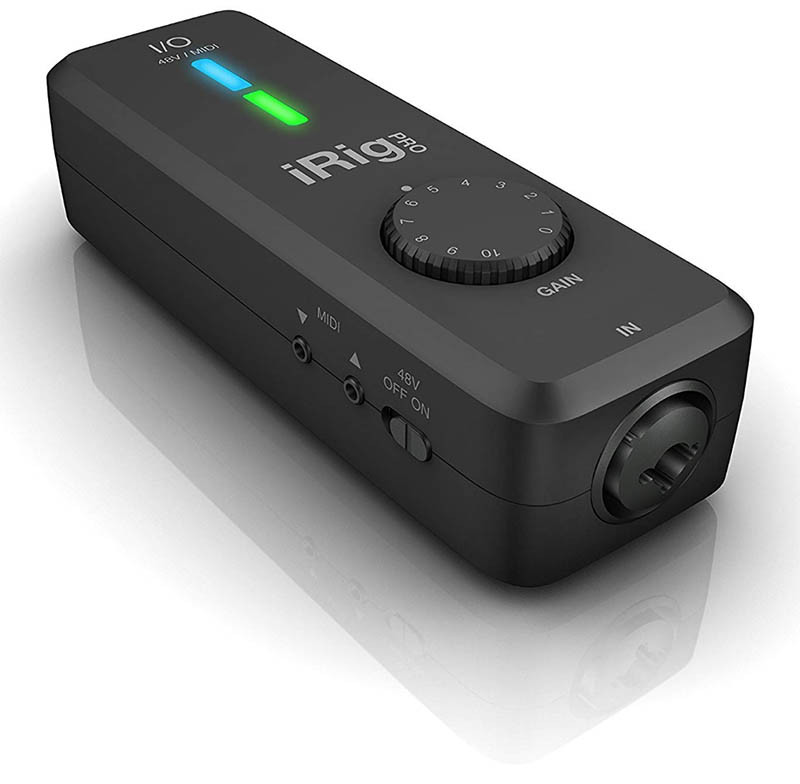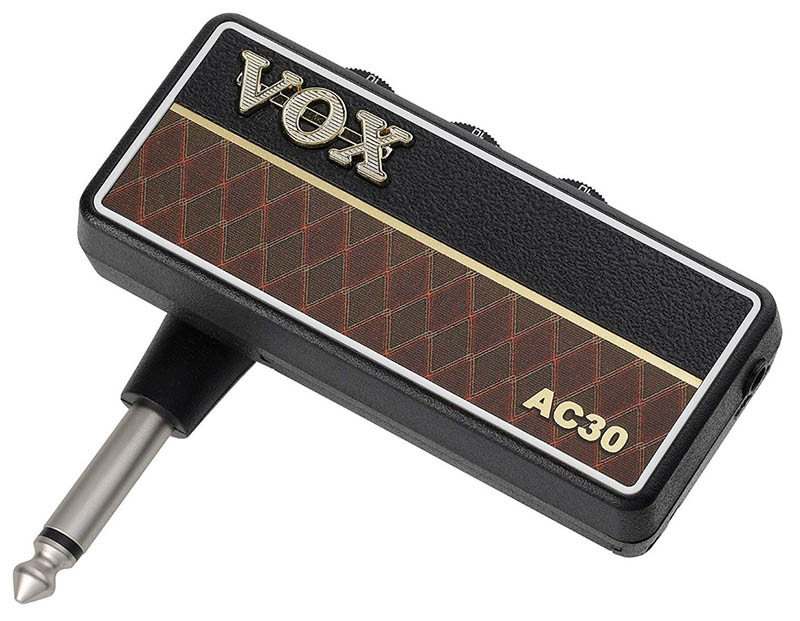Are you wondering if you can play electric acoustic guitar without an amp? Absolutely! At guitarplayers.net, we understand that guitarists, whether seasoned pros or enthusiastic beginners, sometimes need to practice without an amplifier. This article explores various ways to play your electric guitar silently or with alternative amplification methods, helping you hone your skills and enjoy your instrument. Discover the secrets to silent practice, mobile solutions, and tips for optimal sound without a traditional amp.
1. Playing Electric Guitar Without an Amp for Beginners: Is It Advisable?
While it’s technically possible, playing an electric guitar without an amplifier isn’t ideal for beginners. Hearing the notes and mistakes is crucial for learning. Without amplification, you miss the immediate feedback necessary to correct your technique. According to a study conducted at the Berklee College of Music in July 2023, beginners rely heavily on auditory feedback to develop proper fretting and strumming habits, this can be difficult to obtain if you can not properly hear the notes being played.
- Auditory Feedback: Essential for beginners to identify and correct mistakes.
- Skill Development: Proper amplification aids in developing finger strength and dexterity.
- Motivation: The excitement of hearing amplified music can fuel a beginner’s enthusiasm.
 Electric Guitar Player with Amp
Electric Guitar Player with Amp
A young player feeling the music through his guitar and amp.
2. The Challenges of Learning Electric Guitar Without Amplification
Learning electric guitar without an amp presents specific challenges. These hurdles can impede progress and potentially lead to the development of bad habits. Understanding these issues is the first step in overcoming them.
2.1. Hearing the Mistakes Clearly
It’s hard to hear errors on an electric guitar that isn’t hooked into an amplifier. Being able to detect even subtle mistakes is key for improving. A poorly fretted note or incorrect finger placement might be inaudible, hindering your ability to refine your technique.
- Fretting Accuracy: Identifying whether your fingers are correctly positioned on the fretboard.
- Pressure Sensitivity: Learning the right amount of pressure to apply to the strings.
- Cleanliness of Sound: Ensuring each note rings clearly without buzzing or muting.
2.2. Hearing the Right Notes for Ear Training
An electric guitar needs to be amplified so you can hear how chords connect with each other and how notes sound. Ear training relies on hearing the nuances and relationships between notes. Without proper amplification, you miss the opportunity to develop your musical ear.
- Chord Recognition: Identifying different chord qualities (major, minor, dominant) by ear.
- Note Relationships: Understanding intervals, scales, and harmonies.
- Musicality: Developing a sense of phrasing, dynamics, and expression.
3. Playing Electric Guitar Unplugged: Okay for Intermediate and Advanced Players?
Intermediate and advanced players can benefit from unplugged practice. Unplugged practice allows you to focus on technique without the distraction of amplified sound. This can be especially useful for refining specific skills.
- Technical Practice: Perfecting scales, arpeggios, and finger exercises.
- Alternate Picking: Improving the speed and precision of your picking technique.
- Dexterity Exercises: Enhancing finger independence and coordination.
4. Can You Play An Acoustic-Electric Guitar Without an Amp?
Yes, you can play an acoustic-electric guitar without an amp. When unplugged, it functions just like a regular acoustic guitar. There is no need for amplification in this mode.
4.1. Acoustic Mode Functionality
Acoustic-electric guitars offer versatility. They retain their acoustic properties when not connected to an amplifier. This allows for quiet practice sessions or intimate performances.
4.2. Battery Preservation Tips
Remember to unplug the instrument cable to conserve battery life. Leaving the cable plugged in drains the preamp battery, even when not amplified. Unplugging when not in use extends the battery’s lifespan.
5. Best Inexpensive Electric Guitar Amplifiers for Beginners
For beginners, investing in a quality amplifier is essential. A good amp provides the necessary amplification and tone shaping capabilities. It helps you hear your progress and stay motivated.
5.1. Fender Mustang LT25: A Top Choice
The Fender Mustang LT25 is an excellent choice for beginners. It offers a wide range of amp models, effects, and features at an affordable price. It’s perfect for practice and experimentation.
- Amp Models: 50 different amp presets for versatile tones.
- Built-in Effects: 26 effects to enhance your sound.
- Headphone Jack: Allows for silent practice sessions.
 Fender Mustang LT25 Amplifier
Fender Mustang LT25 Amplifier
Fender Mustang LT-25 Amplifier – Perfect for Beginners.
6. How to Plug An Electric Guitar into a Cell Phone, Tablet, or Computer
Plugging your electric guitar into a mobile device or computer is possible with the right equipment. An audio interface is required to convert the guitar’s signal into a digital format. This opens up a world of possibilities for practice, recording, and experimentation.
6.1. iRig Pro: The Mobile Interface Solution
The iRig Pro is a versatile mobile interface. It allows you to connect your guitar to iPhones, Android devices, tablets, and computers. It’s a convenient solution for on-the-go practice and recording.
- Mobile Compatibility: Works with a wide range of iOS and Android devices.
- Multi-Purpose: Supports guitars, microphones, and MIDI devices.
- Portability: Compact design for easy travel and practice anywhere.
 iRig Pro Interface
iRig Pro Interface
iRig Pro mobile guitar interface for iPhone and Android.
6.2. Why an Interface is Necessary
An interface converts the guitar’s analog signal into a digital signal. Your phone or computer needs a specific digital audio signal, which the interface provides. This process involves preamplification and analog-to-digital conversion.
6.3. Setting Up the iRig Pro
Setting up the iRig Pro is straightforward. Simply plug your guitar into the iRig Pro, connect it to your device, and plug in your headphones. The iRig Pro runs on battery or wall power and includes a 3.5mm headphone jack.
6.4. Software: AmpliTube for Versatile Sounds
The iRig Pro comes with AmpliTube software. AmpliTube offers a vast library of amp models, effects, and microphones. This allows you to create a wide range of tones and experiment with different sounds.
- Amp Modeling: Emulates classic and modern guitar amps.
- Effects Pedals: Recreates popular stompbox effects.
- Microphone Simulations: Models different microphone types and placements.
6.5. Headphone Recommendations
Using high-quality headphones enhances the experience. Good headphones deliver accurate sound reproduction and comfort. This is essential for long practice sessions and critical listening.
7. The Cheapest Way to Amplify an Electric Guitar: Headphone Amplifiers
Headphone amplifiers offer a simple and affordable solution. These compact devices plug directly into your guitar and provide a headphone jack for silent practice. They’re great for beginners and players on a budget.
7.1. Vox AC30 Headphone Amp: A Solid Choice
The Vox AC30 headphone amp is a popular option. It delivers a good clean tone and can provide a bit of distortion if desired. It’s a convenient and inexpensive way to practice silently.
 VOX AC30 Headphone Amp
VOX AC30 Headphone Amp
VOX AC30 Headphone Amp – Perfect for silent practice.
7.2. Avoiding Low-Quality Distortion
Be cautious of headphone amps with overly harsh distortion. Poorly designed distortion can make your guitar sound unpleasant. Opt for models that offer a balanced and usable range of tones.
8. Other Ways to Play Your Electric Guitar Without an Amplifier
There are several alternative methods to amplify your guitar without a traditional amp. These options range from PA systems to audio interfaces and offer varying levels of sound quality and convenience.
8.1. PA System Considerations
PA systems can be used, but they’re not ideal. While PA systems can amplify your guitar, they often lack the warmth and character of a dedicated guitar amp. The sound may be sterile and harsh.
- Impedance Matching: Ensuring proper impedance matching between the guitar and PA system.
- EQ Adjustments: Tailoring the EQ settings to suit the guitar’s frequency range.
- Preamp Quality: The quality of the PA system’s preamp can significantly impact the sound.
8.2. Audio Interfaces for Home Recording
Audio interfaces are designed for recording purposes. They provide high-quality preamps and analog-to-digital converters. While they can be used for practice, they’re best suited for home recording setups.
- DAW Software: Interfaces come with Digital Audio Workstations (DAWs) that offer amp modeling and effects.
- Versatile Tone Shaping: Experiment with different amp models and effects.
- Home Recording: Ideal for recording guitar tracks and creating professional-sounding recordings.
 AmpliTube Software Interface
AmpliTube Software Interface
IK Multimedia’s AmpliTube software for amp modeling and effects.
9. How do I Connect My Guitar to a Bluetooth Speaker?
Connecting your guitar to a Bluetooth speaker requires an interface and a mobile device or computer. This setup allows you to play your guitar wirelessly through your speaker. Here’s how to do it.
9.1. Using the iRig and AmpliTube
The easiest way is with the iRig and AmpliTube. Connect your guitar to the iRig, then connect the iRig to your phone, tablet, or computer. Route the audio from AmpliTube to your Bluetooth speaker.
9.2. Bluetooth Connectivity
Ensure your device is connected to the Bluetooth speaker. Most devices allow you to select the audio output destination. Choose your Bluetooth speaker as the output device.
10. How NOT to Amplify Your Guitar if You Don’t Have an Amplifier
Some methods can damage your equipment or produce poor sound quality. Avoid these methods when trying to amplify your guitar. Protecting your gear and achieving decent sound is essential.
10.1. Plugging Directly into a Hi-Fi Stereo System
Hi-fi stereo systems are not designed for guitars. These systems are optimized for line-level inputs from devices like CD players and turntables. Plugging a guitar directly into a hi-fi system can result in poor sound quality and potential damage.
- Impedance Mismatch: The impedance mismatch can cause signal loss and distortion.
- Frequency Response: Hi-fi speakers are not designed to reproduce the frequencies of a guitar amp.
- EQ Differences: Hi-fi systems have different EQ curves than guitar amps, resulting in an unnatural sound.
10.2. Plugging Directly into a Computer
Computer audio inputs are not suitable for guitars. Similar to hi-fi systems, computer audio inputs have impedance mismatches and different EQ curves. This can lead to poor sound quality and potential damage to your computer’s audio input.
11. Guitar Learning Resources at guitarplayers.net
At guitarplayers.net, we provide a variety of resources to help guitar players of all levels improve their skills. From beginner lessons to advanced techniques, we have something for everyone.
- Free Lessons: Access to free guitar lessons covering various topics.
- Guitar Reviews: Expert reviews of guitars and equipment.
- Tablature and Sheet Music: A vast library of guitar tabs and sheet music.
- Community Forum: A place to connect with other guitar players, ask questions, and share your experiences.
12. Conclusion: Exploring Options for Amplifying Your Electric Guitar
Playing an electric guitar without an amp is possible, but it’s essential to choose the right method. Beginners should prioritize proper amplification to develop good habits. Intermediate and advanced players can benefit from silent practice for technical refinement.
- Headphone Amps: A cheap and simple option for silent practice.
- Mobile Interfaces: The iRig Pro allows you to connect to mobile devices and computers.
- Audio Interfaces: Ideal for home recording and experimenting with different tones.
- Avoid Improper Methods: Don’t plug directly into hi-fi systems or computer audio inputs.
Visit guitarplayers.net for more information, lessons, reviews, and to connect with a vibrant community of guitar enthusiasts. Whether you’re just starting out or are an experienced player, we have the resources to help you achieve your musical goals. Contact us at Address: 1140 Boylston Street, Boston, MA 02215, United States, Phone: +1 (617) 747-2261, Website: guitarplayers.net to start your musical journey today!
13. Frequently Asked Questions (FAQ)
13.1. Can I damage my electric guitar by playing it without an amp?
No, playing an electric guitar without an amplifier will not damage the guitar itself. The lack of amplification only affects your ability to hear the instrument properly.
13.2. Is it harder to learn guitar without an amp?
Yes, it can be more challenging for beginners. Without amplification, it’s harder to hear mistakes and develop proper technique.
13.3. What is the best alternative to a guitar amp for silent practice?
Headphone amplifiers are a great affordable option. They plug directly into your guitar and provide a headphone jack for silent practice.
13.4. Can I use my phone as a guitar amp?
Yes, with an audio interface like the iRig Pro, you can connect your guitar to your phone and use amp modeling software like AmpliTube.
13.5. What is an audio interface, and why do I need it?
An audio interface converts the guitar’s analog signal into a digital signal that your computer or mobile device can understand. It also provides preamplification and ensures proper impedance matching.
13.6. Are there any free amp modeling software options?
Yes, AmpliTube offers a free version with a limited selection of amp models and effects.
13.7. Can I plug my guitar directly into my computer’s microphone jack?
It’s not recommended. The impedance mismatch and different EQ curves can result in poor sound quality and potential damage to your computer’s audio input.
13.8. How do I connect my electric guitar to a Bluetooth speaker?
You’ll need an audio interface, a mobile device or computer, and amp modeling software. Connect your guitar to the interface, connect the interface to your device, and route the audio to your Bluetooth speaker.
13.9. What kind of headphones should I use for silent practice?
Over-ear headphones with good sound isolation are recommended for silent practice. This helps you hear the nuances of your playing and minimizes distractions.
13.10. Can I record my guitar without an amp?
Yes, with an audio interface and recording software (DAW), you can record your guitar directly into your computer.

